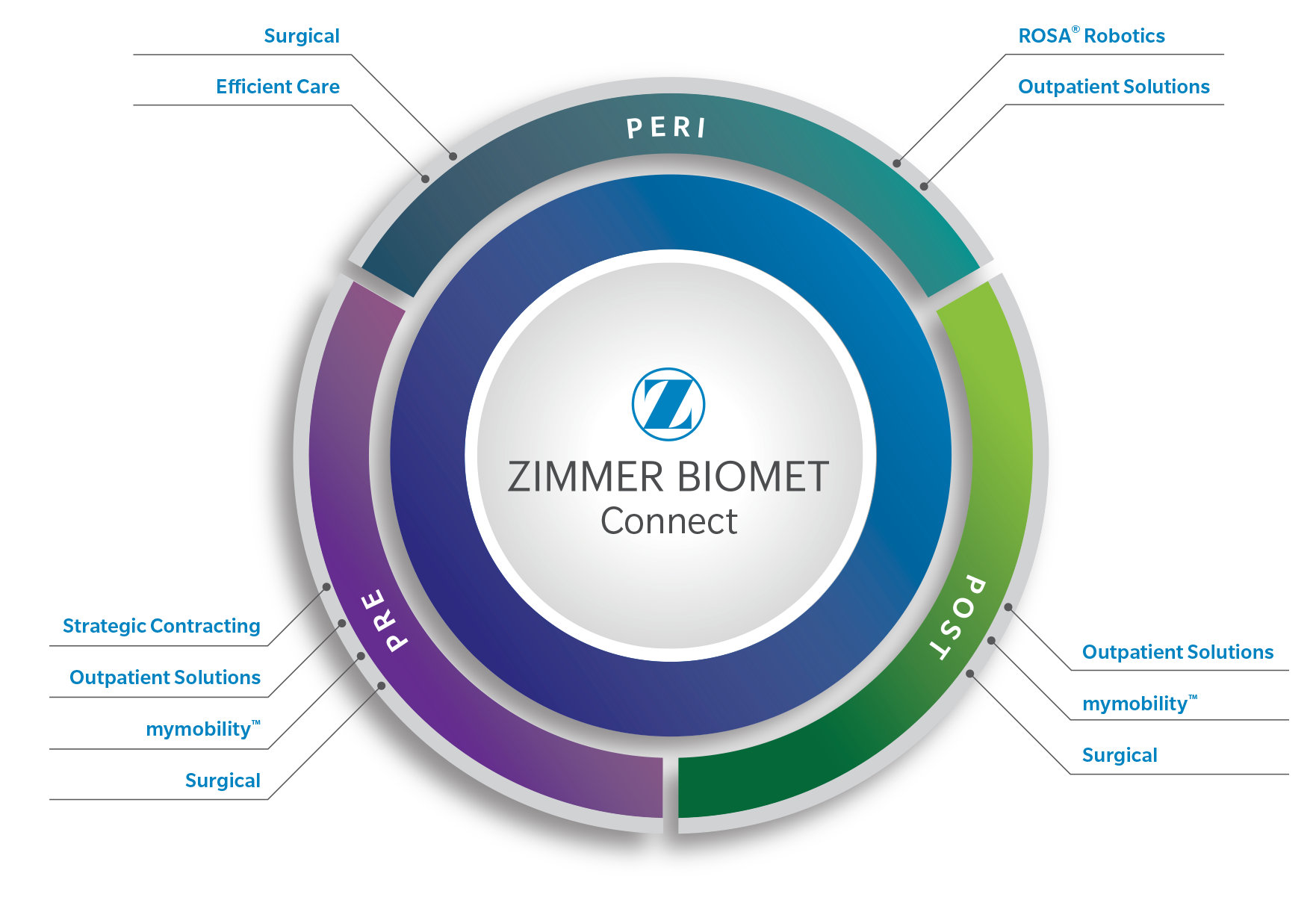Osteoarthritis
When osteoarthritis (OA) affects the elbow joint, the cartilage
cushioning the bones softens and wears away, causing the bones to
grind against one another. That grinding hurts. You can feel it
lifting a sack of groceries, swinging a golf club or even reaching out
to shake hands.
Although osteoarthritis is more common among people over 50 years
old, people of any age can have OA due to previous injury, overuse of
the joints or obesity. Osteoarthritis is the most common type of
arthritis and affects an estimated 27 million Americans.1
Symptoms2 of osteoarthritis include:
- Joint aching and soreness
- Pain, especially following
activity
- Stiffness after periods of rest
- Swelling of
the affected joint
Rheumatoid arthritis
In rheumatoid arthritis, the synovium that forms a lining of the
joint becomes inflamed. The inflammation causes chemicals to be
released that thicken the synovium and damage the cartilage and bone
of the affected joint. This inflammation of the synovium causes pain
and swelling.
Post-traumatic arthritis
Injury to the elbow can result in bone fractures and dislocation of
the joint. Sometimes even after surgeries the bones or cartilage in
the elbow do not return to the same positions they were before the
injury. As a result, the cartilage in your elbow may absorb forces
differently, which can result in premature wear of the cartilage in
the area of the injury. This is called post-traumatic arthritis.





